- Joined
- Dec 26, 2017
- Messages
- 1,883
I noticed on this latest version of your chart the 40.5° PA was changed to 40.4°. To me the obvious question is why isn't there a 40.2° option? Adding that option and explaining on the top line why it's not desirable might be informative.
I would also move the bottom line of the chart to be directly under the colored section. When I first looked at the chart I found myself wondering why certain table sizes were better for Earrings and Pendants!


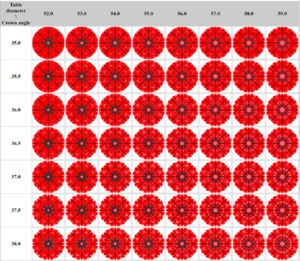
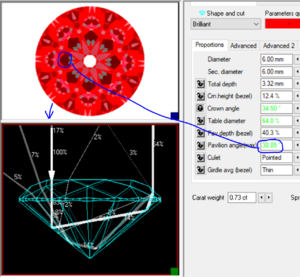
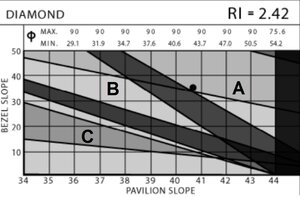
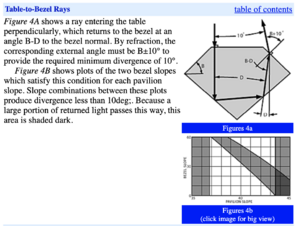
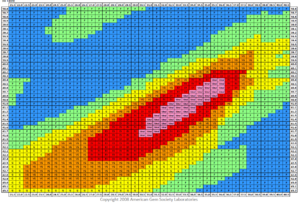
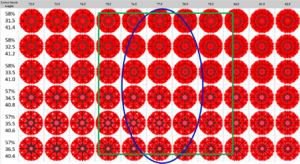
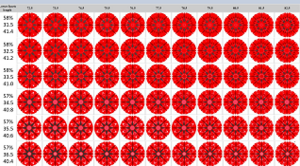


300x240.png)